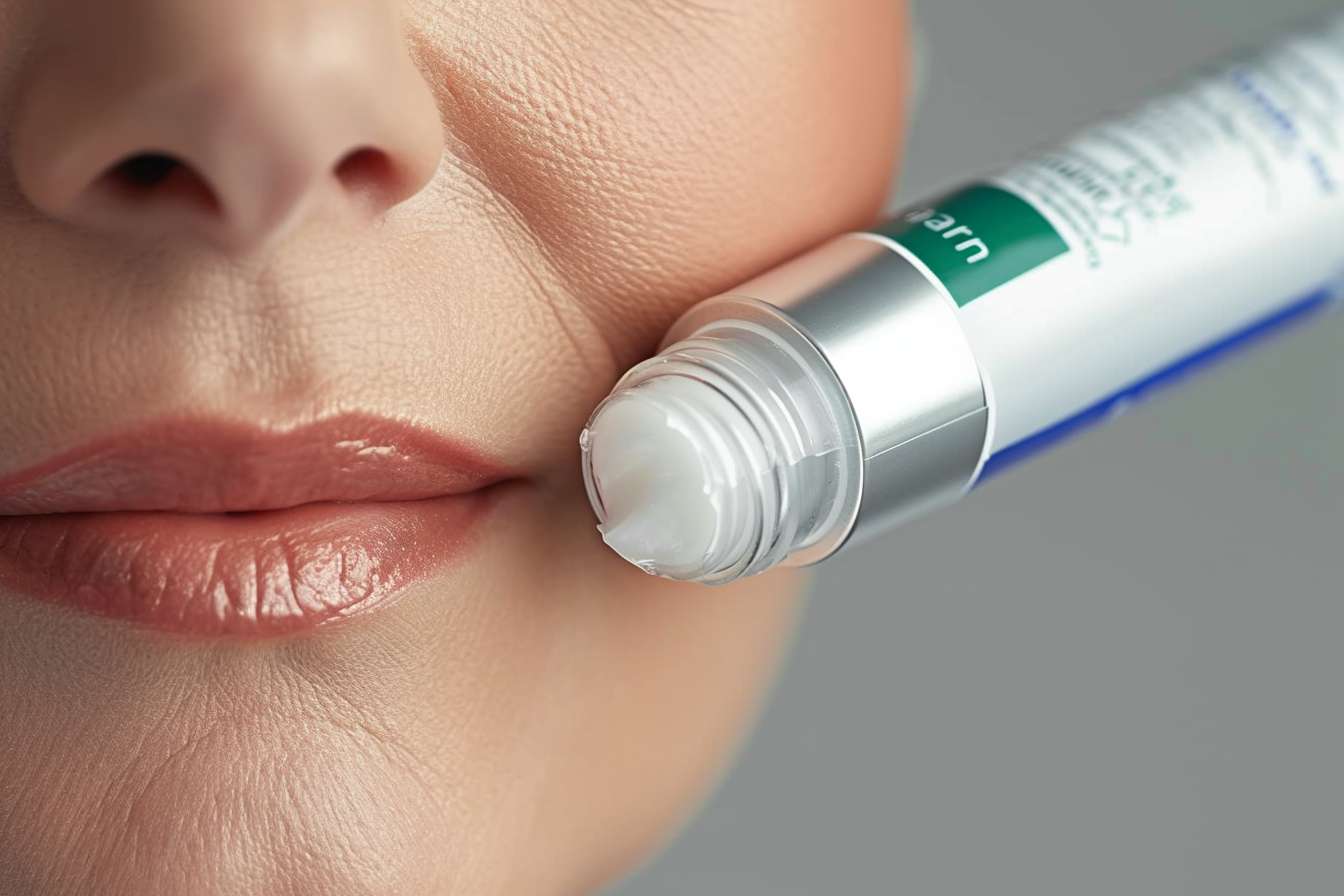Anti-Itch Creams: Understanding Causes and Finding Relief
Itchy skin can disrupt daily life, but understanding what causes it and how to choose the right over-the-counter cream can provide effective relief. From allergic reactions to dry skin conditions, various factors contribute to itching, and selecting an appropriate topical treatment requires knowledge of active ingredients and proper application techniques.

Dealing with persistent itching can be frustrating and uncomfortable, affecting your quality of life and sleep patterns. Whether caused by environmental factors, skin conditions, or allergic reactions, finding the right topical solution requires understanding both the underlying causes and the available treatment options.
Understanding Itch and Its Causes
Itching, medically known as pruritus, occurs when nerve endings in the skin are stimulated by various triggers. Common causes include dry skin, eczema, contact dermatitis, insect bites, and allergic reactions. Environmental factors such as low humidity, harsh soaps, or synthetic fabrics can also contribute to skin irritation. Understanding the root cause helps determine the most effective treatment approach, as different conditions may require specific active ingredients for optimal relief.
Choosing the Right OTC Cream
Selecting an appropriate over-the-counter anti-itch cream depends on several factors including the severity of symptoms, skin sensitivity, and the underlying cause of itching. Key ingredients to look for include hydrocortisone for inflammation, calamine for cooling relief, and antihistamines like diphenhydramine for allergic reactions. Consider your skin type and any known allergies when making your selection, and always read ingredient labels carefully to avoid potential irritants.
The Top 6 Affordable OTC Creams That Really Stop Itch
Several effective anti-itch creams are available at reasonable prices, making relief accessible for most budgets. Popular options include hydrocortisone-based creams, calamine lotions, and combination formulas containing multiple active ingredients. These products typically range from basic formulations for mild itching to stronger concentrations for more persistent symptoms. Generic versions often provide the same active ingredients as brand-name products at lower costs.
| Product Type | Brand Example | Active Ingredient | Cost Estimation |
|---|---|---|---|
| Hydrocortisone Cream | Cortizone-10 | Hydrocortisone 1% | $5-8 |
| Calamine Lotion | CVS Brand | Calamine/Zinc Oxide | $3-6 |
| Antihistamine Cream | Benadryl | Diphenhydramine | $6-10 |
| Cooling Gel | Gold Bond | Menthol/Pramoxine | $4-7 |
| Moisturizing Formula | CeraVe | Ceramides/Hyaluronic Acid | $8-12 |
| Multi-Action Cream | Aveeno | Oat Extract/Dimethicone | $7-11 |
Prices, rates, or cost estimates mentioned in this article are based on the latest available information but may change over time. Independent research is advised before making financial decisions.
Tips for Applying Anti-Itch Creams
Proper application technique maximizes the effectiveness of anti-itch treatments and minimizes potential side effects. Clean the affected area gently before application, use only the recommended amount, and apply in thin, even layers. Avoid rubbing vigorously, which can further irritate sensitive skin. Follow package directions regarding frequency of use, and discontinue if irritation worsens. For best results, apply creams to slightly damp skin to help lock in moisture and enhance absorption.
Consistent use according to product instructions typically yields better results than sporadic application. Store creams in cool, dry places away from direct sunlight to maintain their effectiveness. If symptoms persist beyond the recommended treatment period or worsen despite proper use, consider consulting a healthcare professional for additional guidance.
This article is for informational purposes only and should not be considered medical advice. Please consult a qualified healthcare professional for personalized guidance and treatment.




